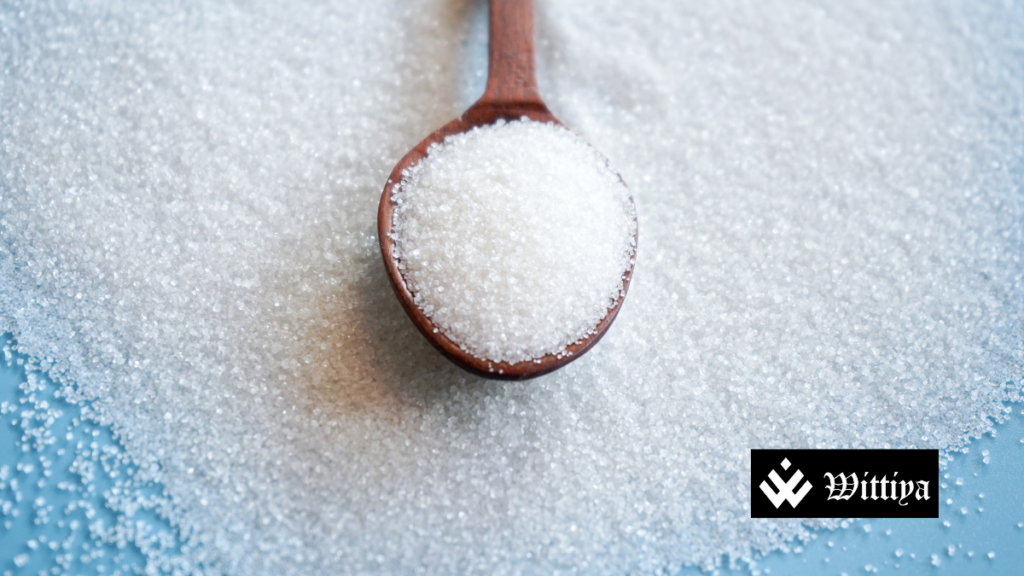Sugar prices have surged to their highest level in nearly three weeks amid growing concerns over supply constraints in India and Brazil. Dry weather conditions in Brazil and uncertainties regarding India’s export quotas have fueled speculation about global sugar availability.
Sugar prices have climbed to their highest level in nearly three weeks, driven by supply concerns in key producing nations India and Brazil. The surge comes amid fears that India may struggle to meet its export quotas, while dry weather in Brazil threatens to impact the upcoming sugarcane harvest.
India, the world’s second-largest sugar producer, plays a crucial role in global sugar exports. However, recent concerns over domestic supply and government-imposed restrictions have raised doubts about its ability to meet export commitments. The Indian government has been closely monitoring domestic production levels and could impose further curbs on exports to maintain domestic availability.
Meanwhile, Brazil, the top global sugar producer, is facing dry weather conditions that have led producers and traders to scale back estimates for the upcoming cane harvest. The dry spell in key cane-producing regions has raised fears of a lower-than-expected output, potentially disrupting global supply chains.
Sugar futures in New York saw a sharp increase, climbing as much as 3.7% on March 19, 2025, reaching their highest level since February 26. Analysts suggest that optimism regarding the upcoming Central-South Brazil cane crop is fading, and attention is shifting toward challenges faced by major northern hemisphere producers.
Green Pool Commodity Specialists noted that recent weather conditions in Brazil, along with lower-than-expected yields in key growing regions, could push global sugar markets back into a deficit. Additionally, India’s restrictive policies on exports may further strain global availability.
The global sugar market has been highly volatile in recent months due to fluctuating production estimates, weather conditions, and trade policies. With the new season set to begin in April, traders and analysts will be closely monitoring Brazil’s harvest conditions and India’s policy decisions, which could have significant implications for global sugar prices in the months ahead.
